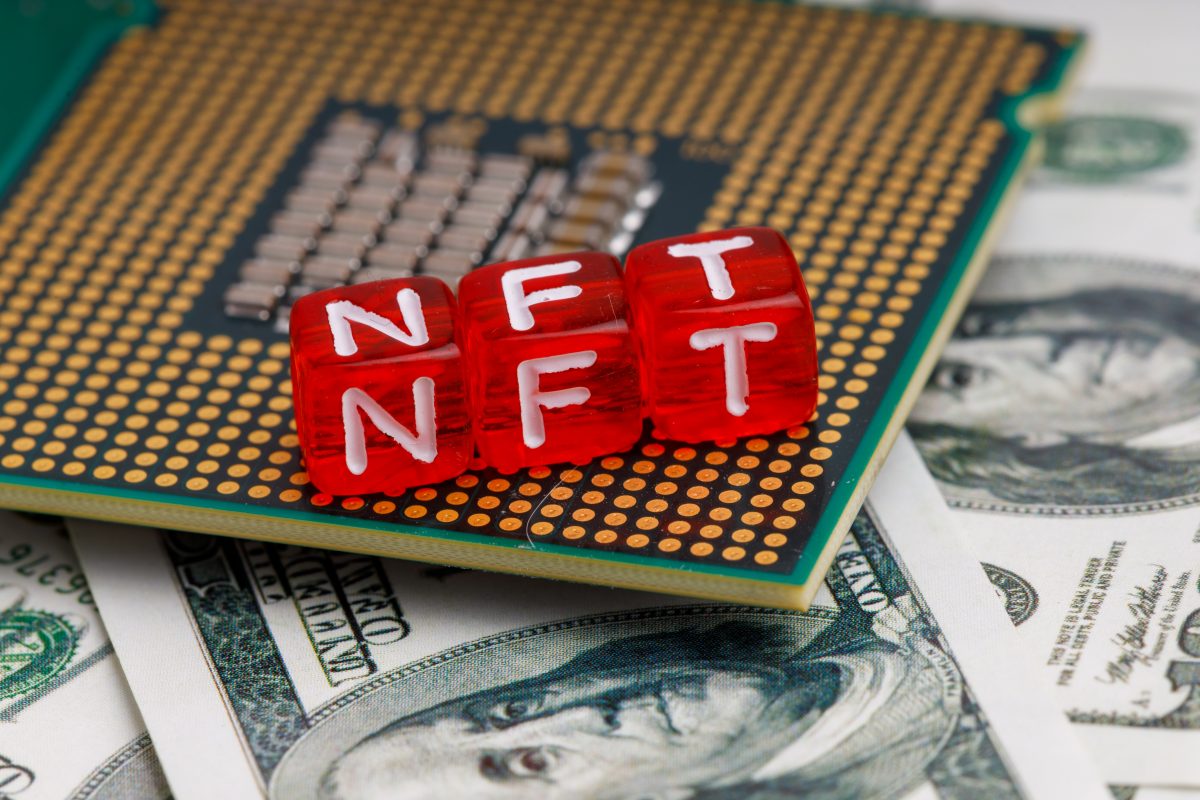Inside This Article:
Key Takeaways:
- NFTs have the potential to reshape entire industries and create a vibrant and responsible ecosystem for participants.
- This technology empowers artists to directly monetize their work, retain control over their creations, and receive ongoing compensation through the transparent and secure nature of NFT transactions.
- NFTs are highly desirable among collectors due to their verifiable ownership, guaranteed scarcity, and interactive nature.
In recent years, the world of digital collectibles has been revolutionized by the emergence of Non-Fungible Tokens (NFTs). These unique digital assets, powered by blockchain technology, have captured the attention of artists, collectors, and enthusiasts alike. With their potential to transform the way we create, buy, and sell digital art and collectibles, NFTs have sparked a digital revolution like no other.

What are NFTs?
Unlike cryptocurrencies like Bitcoin or Ethereum, which operate on a one-to-one exchange basis, NFTs offer a unique digital ownership experience enhanced by advanced technology and robust security measures like those found in platforms such as immediate connect. NFTs represent ownership or proof of authenticity for specific digital items, whether it be art, video clips, music albums, or virtual real estate, empowering creators to tokenize their work and directly sell it to buyers. These tokens are securely recorded on a decentralized and transparent blockchain ledger, guaranteeing the distinctiveness and origin of each digital collectible. The Rise of Digital Art
One of the most prominent sectors embracing NFTs is the art world. Artists create, publish, and sell their work as NFTs, providing them with new opportunities for monetization and exposure. Traditional barriers to entry, such as gallery representation or the need for physical mediums, no longer limit artists. With NFTs, anyone with digital artistic talent can showcase their creations to a global audience and directly engage with collectors.
Moreover, NFTs offer an unprecedented level of transparency and security. Each transaction is recorded on the blockchain, allowing artists to retain a portion of future sales and ensure their work’s authenticity. This is a significant departure from the traditional art market, where artists often struggle to receive ongoing compensation for their creations.
Collecting in the Digital Age
Collectors, too, are drawn to the allure of NFTs. With a digital collectible, the ownership is verifiable, and the scarcity is guaranteed. Each NFT has a unique identifier and a transparent history, making it nearly impossible to forge or counterfeit. This inherent scarcity and provable authenticity make NFTs highly desirable among collectors.
Additionally, NFTs offer new ways to engage with digital art and collectibles. Collectors can display their NFTs in virtual galleries or in augmented reality experiences, enhancing the overall enjoyment and interactive nature of their collections. With NFTs, the act of collecting becomes a multisensory experience that extends beyond physical limitations.
Social Impact and Empowering Creators
The impact of NFTs goes beyond the art world. The technology is enabling creators in various fields to gain greater control over their work and financial well-being. Musicians, writers, and even virtual real estate developers can tokenize their creations and sell them directly to fans and consumers. This disintermediation allows artists to retain more of the revenue generated from their work, reducing reliance on traditional gatekeepers.
Moreover, NFTs offer a unique opportunity for supporting charitable causes. Artists can create limited-edition NFTs with proceeds going to philanthropic organizations. This fusion of art, technology, and social impact has the potential to drive positive change on a global scale.
Challenges and Considerations
While NFTs present exciting opportunities, they also come with challenges and considerations. One major concern is the environmental impact of blockchain technology, particularly the energy consumption associated with certain blockchain networks. However, efforts are underway to develop more sustainable alternatives and mitigate these concerns.
Another consideration is the potential for copyright infringement and intellectual property disputes. As NFTs gain popularity, there is a need for clearer regulations and standards to protect both creators and collectors.
Final Thoughts
NFTs have ushered in a new era of digital collectibles, revolutionizing the way we create, buy, and sell art and other digital assets. This technology empowers artists, enables collectors to own unique digital items, and has the potential to reshape entire industries. As the digital collectibles revolution continues to unfold, it is essential to strike a balance between innovation, inclusivity, and sustainability to ensure a vibrant and responsible ecosystem for all participants. The possibilities are limitless, and the digital frontier awaits exploration.
